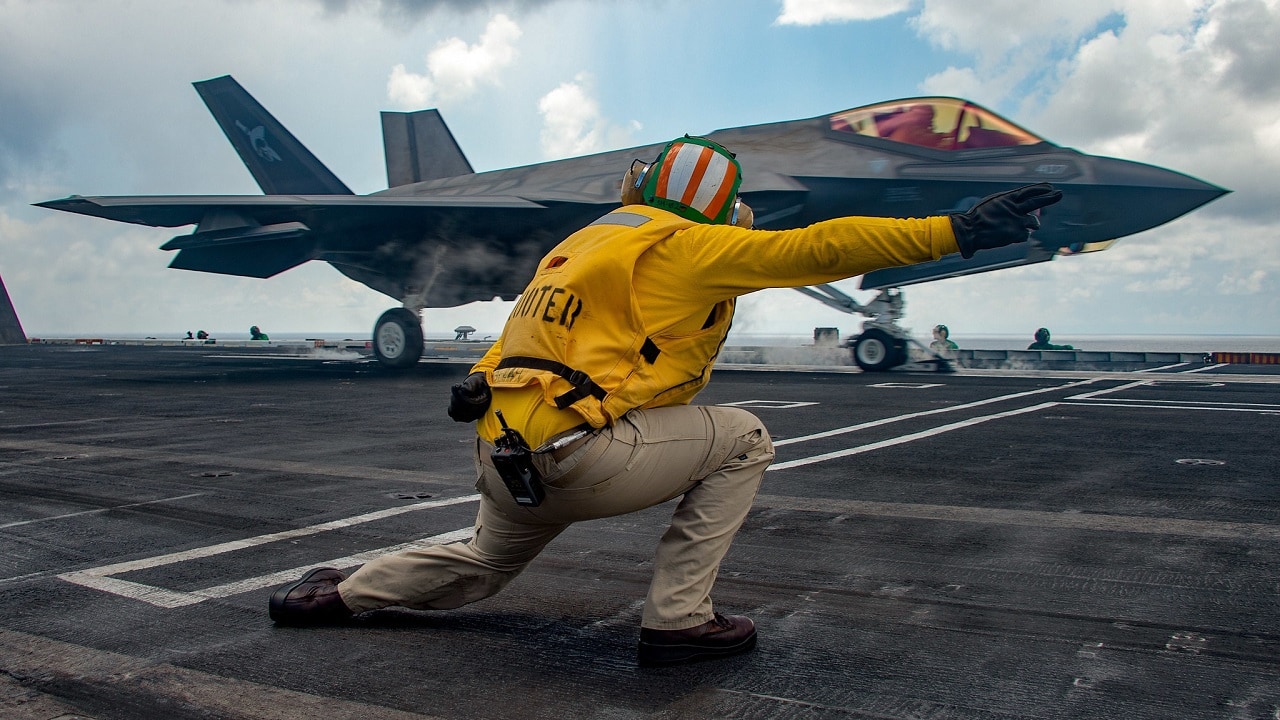Christian Orr

The People’s Republic of China’s (PRC’s) campaigns of intimidation against its own subjects – especially the Uyghurs – as well as Tibet and Taiwan (AKA the Republic of China [ROC]) are all too well known.
Meanwhile, for the sake of big picture perspective, it should be recalled that these aren’t the only freedom-loving peoples of the Asia-Pacific region that Beijing is attempting to bully. The Republic of the Philippines is also on that list.
A South China Sea Showdown?
The latest round of Sino-Filipino tensions occurred two days ago, as reported by Reuters and republished in MSN.
“Tensions have soared between the two neighbours over the South China Sea under Philippine President Ferdinand Marcos Jr, with Manila pivoting back to the United States, which supports the Southeast Asian nation in its maritime disputes with China … The Second Thomas Shoal, locally known as Ayungin, is home to a handful of troops living aboard the former warship Sierra Madre, which Manila grounded there in 1999 to reinforce its sovereignty claims …
Manila has repeatedly accused the Chinese coast guard of impeding its ability to supply its troops there by blocking resupply missions, as it did on Aug. 5 when it sprayed a Philippine vessel with a water cannon … The Philippine military described the actions of the Chinese coast guard as ‘excessive and offensive.’ China said the incident was a ‘warning’ and that it has exercised ‘rational restraint’ at all times.”
Thankfully, no casualties occurred, but the incident is just the latest in a long line of usurpations by Xi Jinping and the People’s Liberation Army (PLA) against Manila. Fortunately for the Philippines, the countries’ allies are taking notice: France and Japan, via their embassies in Manila, have expressed concern over such actions and repeated their support for a July 2016 arbitral ruling that invalidated Beijing’s expansionist South China Sea claims. Meanwhile, as reported by David R. Sands for The Washington Times this past Sunday, the U.S. State Department unequivocally condemned the Xi regime’s actions
“The United States stands with our Philippine allies in the face of dangerous actions by the Coast Guard and maritime militia of the People’s Republic of China to obstruct an August 5 Philippine resupply mission to Second Thomas Shoal in the South China Sea … Firing water cannons and employing unsafe blocking maneuvers, PRC ships interfered with the Philippines’ lawful exercise of high seas freedom of navigation and jeopardized the safety of the Philippine vessels and crew.”
The U.S. government also reaffirmed its mutual defense agreements with Manila and that the former would come to the latter nation’s aid in case of an armed attack on the Philippines’ vessels, aircraft, or troops.
The Australian government also lodged a formal protest against the Chinese Coast Guard’s blocking maneuver.
Beijing’s Motivations
One might reasonably ask the question as to why the Chinese government continues to resort to such heavy-handed tactics. The short answer to that question can be garnered from the title of an August 8, 2023 article for Time Magazine penned by Chad de Guzman titled “China Is Testing How Hard It Can Push in the South China Sea Before Someone Pushes Back.” In other words, continually upping the ante and pushing the proverbial envelope but carefully keeping short of an outright act of shooting war. In other words, to use words tossed about when I was a Strategy & Policy Analyst for OPNAV N5I6/Navy Warfare Group at the Pentagon back in 2019, it’s a form of “non-kinetic warfare,” aka “Grey Zone” conflict.
Sponsored Content
Unsurprisingly, the Armed Forces of the Philippines (AFP; Sandatahang Lakas ng Pilipinas) pale in size compared to that of the PLA. However, that does not equate to a lack of motivation, training, or technical capabilities on the part of the Filipinos.
As noted in the article “KAI T-50 Golden Eagle: South Korea’s Homegrown Fighter Plane,” the Philippine Air Force has already acquired 12 of South Korea’s sophisticated lightweight multirole fighter planes to its arsenal and plans to add more. As noted by a June 2022 Philippines News Agency press release: “It has a top speed of Mach 1.5 or one and a half times the speed of sound and is capable of being fitted with air-to-air missiles, including the AIM-9 ‘Sidewinder’ air-to-air and heat-seeking missiles aside from light automatic cannons, and bombs.”
Meanwhile, the World Directory of Modern Military Warships (WDMMW) reports that the Philippine Navy counts 59 total units in its active naval inventory, including two frigates, one corvette, 42 offshore patrol vessels, and 14 amphibious assault vehicles. And under the overall rubric of Armed Forces of the Philippines Special Operations Command (AFPSOCOM), each branch of the service has its own special forces-type units: Armed Forces of the Philippines Special Operations Command (AFPSOCOM): the Army’s Special Forces Regiment (Airborne), First Scout Ranger Regiment (FSRR), and Light Reaction Regiment (LRR); the Navy’s Naval Special Warfare Group; the Air Force’s 710th Special Operations Wing (SOW); and the Marine Corps Marine Special Operations Group (MARSOG) aka the Force Reconnaissance Battalion (presumably modeled after U.S. Marine Corps Force Recon).
Last but not least, though not falling under the AFPSOCOM umbrella of command, the Philippine Coast Guard Special Operations Force (CGSOF) certainly merits mention here as well.
The manpower of these elite units remains classified, but, along with the conventional AFP forces previously mentioned, they stand ready to deal Chinese forces a bloody nose should Xi Jinping ever decide to escalate from “non-kinetic” operations – such as this latest water cannon incident – to the kinetic level, i.e. a shooting war.
No comments:
Post a Comment